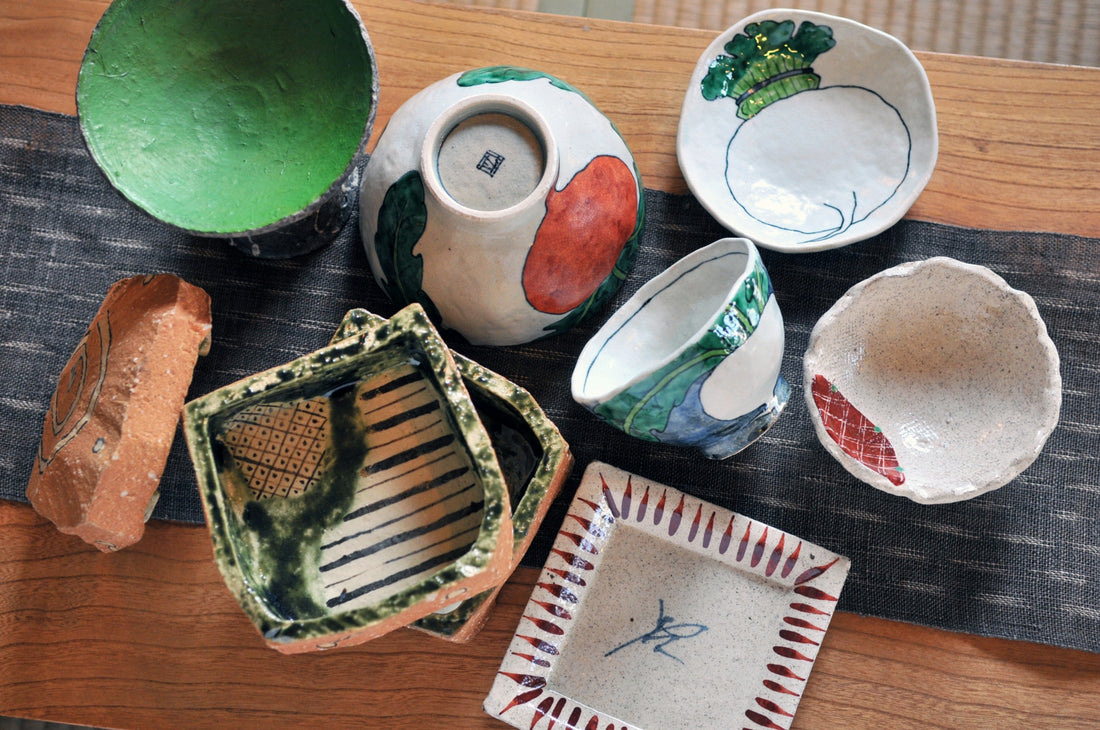Japanese tableware, known for its distinct materials and patterns, is a popular choice for gifts abroad. Despite its popularity, many foreigners find it challenging to articulate the specific features that make Japanese tableware so appealing. This article aims to clarify the fundamental types of Japanese tableware, and provide guidance on choosing the right pieces that can enhance your dining experience.
Understanding Japanese Tableware
The Essence of Japanese Tableware
Japanese tableware is crafted to complement the unique aspects of Japan's culinary culture. To better understand its features, let's look at the basic types and their characteristics:
Size Variations
Japanese tableware often comes in sizes designated by traditional measurements, such as "sansun plates" or "hassun plates", which indicate their use:
- Small Plates (Mamesara): Used for condiments or soy sauce.
- Medium Plates: Ideal for serving snacks or as shared plates.
- Large Plates: Suitable for main dishes like pasta or large servings.
- Large Bowls: Typically used for stews.
Shape
Many smaller and medium-sized plates are designed to be easily handheld, linking back to the Japanese tradition of holding plates while eating with chopsticks. This ease of handling is a unique feature not commonly found in Western tableware.
Material
The diversity of materials used in Japanese tableware significantly influences its texture and feel. There are mainly two types:
- Earthenware (Donomono): Characterized by a porous texture.
- Porcelain (Ishimono): Smooth to the touch and more translucent.
Patterns
Japanese tableware often features a variety of designs, including plants, animals, and geometric patterns. For special occasions like family gatherings or traditional kaiseki meals, tableware with auspicious patterns is preferred:
- Seven Treasures: Symbolizes eternal connections and wishes for harmony.
- Six Gourds: Linked to health and disaster prevention.
- Seigaiha (Blue Ocean Waves): Represents a wish for peaceful living.
Choosing the Right Japanese Tableware
When selecting Japanese tableware for the first time, perhaps for a new home or as a newlywed, consider the following points:
Standard Set for Japanese Dining
The basic Japanese dining setup, known as "Ichiju Sansai" (one soup, three sides), usually includes:
- Rice Bowl
- Soup Bowl
- Three varied-sized plates for different dishes
Size Appropriateness
It's essential to consider what each piece will be used for, as different sizes are suited for specific dishes. For smaller households, versatile medium-sized plates might be more practical than larger ones.
Artisan Designs
For those who appreciate aesthetics, collecting tableware from renowned pottery regions like Kutani or Mashiko allows for a coordinated dining presentation. These pieces not only add beauty to your table but also reflect the individual styles of their creators, offering an added layer of enjoyment in collecting and using them.
Practical Advantages
Japanese tableware is not only about beauty but also functionality. High-quality ceramics retain heat well, making them excellent for keeping dishes warm throughout a meal. Additionally, many porcelain items are microwave safe, adding convenience.
Conclusion
This guide has provided an overview of the lesser-known aspects of Japanese tableware and tips on selecting pieces that suit your lifestyle. The evolving designs in the industry are increasingly catering to international tastes, blending traditional Japanese aesthetics with modern needs. For those interested in exploring further, the website Japan Objects offers an in-depth look at the artistry behind Japanese ceramics, which you can visit here.

